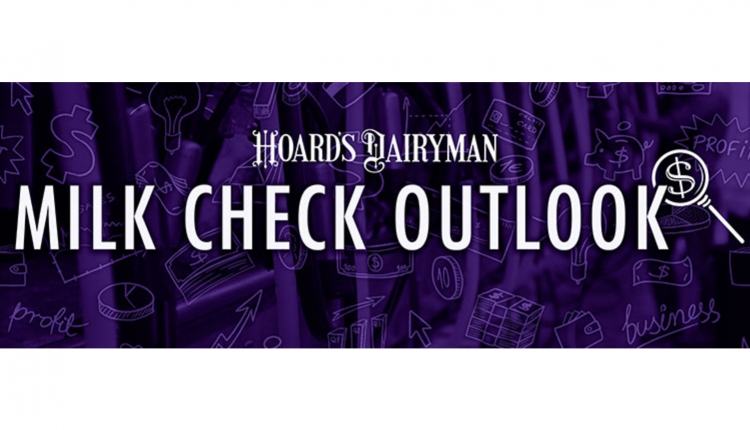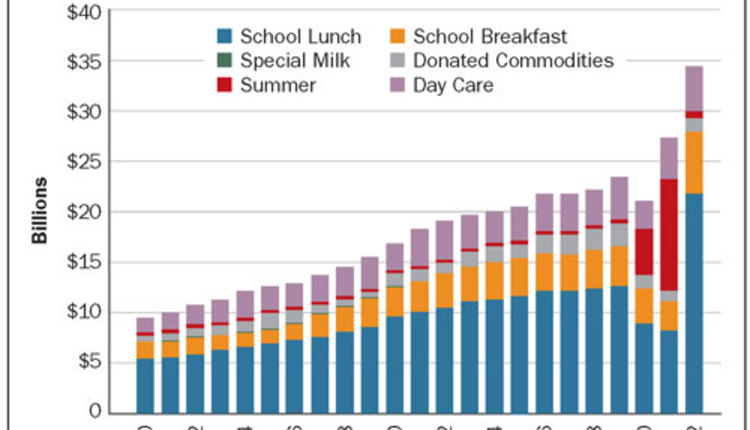
The author is the E.V. Baker professor of agricultural economics emeritus at Cornell University.

How much difference does international trade make to a U.S. dairy farmer’s returns? What do we export, what do we import, and who is involved? Are the trade numbers “big”? Big relative to what? What are the trends?
Growth trajectory
Evaluating the categories of products, milk powders have shown impressive growth in exports relative to domestic uses. If we look at patterns over time, net exports of milk powders were fairly constant from 1995 to the end of the first decade of the 21st century. After about 2010, net exports trend upward very briskly. Indeed, exports are now twice the amount of domestic use. Additionally, this trade is one way. We have only trivial imports of dried milk.
The only other manufactured product to show a similar pattern of persistent growth is the diverse package of cheeses that are grouped as “other” than the typical Cheddar or American-style varieties. Within this group, the lion’s share is Mozzarella, or what we might more broadly refer to as pizza cheeses. U.S. pizza restaurants that have built stores in Asia and other countries have often relied on their U.S. suppliers of pizza cheese to ensure the products served in their restaurants maintain the distinctive, authentic U.S. flavor and appearance.
It also bears noting that imports of other cheese have declined as a share of domestic production. Historically, U.S. customers bought specialty cheeses, mostly from Europe, that were not made in the U.S. or because the European versions were considered superior. Over time, our cheese production has become more diverse, and we have become successful in making high value-added varieties that appeal to a more affluent consumer or a more culturally diverse population.
Whey powders and American-style cheeses have followed a somewhat different trajectory. Net exports increased through this century’s early years but then tend to flatten out or at least slow down.
Like nonfat dried milk, we have very low levels of dried whey imports, but we do have some imports of whey protein concentrates (WPCs). I suspect that these imported products with higher levels of whey proteins are specialized in some aspect of their formulation that makes them particularly useful for certain applications, like infant formula. It is also evident that there is some switching between conventional dried whey and WPCs when prices tend to favor one or the other.
Likewise, we have very low levels of imports of American-style cheeses. What we do import are primarily Cheddar and similar styles from England, Ireland, and Canada, which have their own claims to fame on premium Cheddar styles. Although the ratios are small in any time period, imports of these cheeses have also declined relative to domestic production.
Butter balance
The major dairy product that stands out is butter. Through most years from 1995 to the late 2000s, there was essentially a draw between butter exports and imports. We saw a bulge in net butter exports in the early 2010s, but in more recent years, we have become a bigger net importer of butter. The amount is small, but it definitely tilts toward net importer. On the one hand, we do have an opportunity to fill gaps in the international market with butter sales from time to time, but these opportunistic sales have to push against a consistent U.S. consumer demand for premium European butters, in particular, the Irish butters. Indeed, Kerrygold butter has become the second largest in U.S. sales of branded butter after Land O’Lakes.
Trade and pricing
While we generally celebrate the U.S. success in growing export sales, it is reasonable to ask how this benefits the U.S. industry or farmers in particular. Or, we might ask, what if we hadn’t agreed to open the U.S. doors to trade in both directions in the mid-1990s? What would our markets look like now?
Many factors go into shaping the price of milk and growth in the market, so it is wise to be careful when trying to sort out individual elements and causes. Having said that, when calculated on components instead of products, we exported about 5% of all the milkfat marketed in 2024 but 22% of all the skim solids that was marketed. Suppose we didn’t have open international markets?
From 1995 to 2024, domestic use of milkfat, in all its forms, rose about 18%. In sharp contrast, domestic use of skim milk solids in its product forms picked up only half as much. If we did not have foreign markets to clear the skim solids that we unavoidably produce along with the milkfat from cows, domestic prices would have had to adjust to provide the necessary balance on the demand side. This means much lower prices for nonfat dry milk, and lower whey powder prices.
Recognizing that there is only a little bit of leeway in changing the ratio of milkfat to skim solids in cow’s milk — as milk production growth was constrained by those lower prices on the skim side — presumably, the demand side for butter and other products heavier on the cream side would feel shorted. We would expect even higher butter prices to reduce demand to align with a shrinking milk supply.
Thus, without the opportunity to move skim solids into global markets, the economic purpose of price changes would be to slow the growth in domestic demand for those products high in milkfat, expand the domestic demand for products higher in skim solids, and get total solids production in balance with solids demand, all within the U.S. market. From the perspective of the differences we see today in what we export and what we consume, these price differences would be large.
In the end, the total market would be smaller. We could estimate the possible impact on average milk prices and total production, but the big takeaway is that there would have been a much larger exodus of dairy farms over the last 25 years if we had not opened the doors to foreign markets, including opening our door to them.
The economic pie is bigger when we open the door to global markets. This is the general rule that economists have observed whenever we look at the impacts of reducing trade barriers. No trade agreement or negotiation is ever perfect — assuming we could even agree what perfect means — but perhaps it is well to remember the old adage about not letting perfection become the enemy of good.

